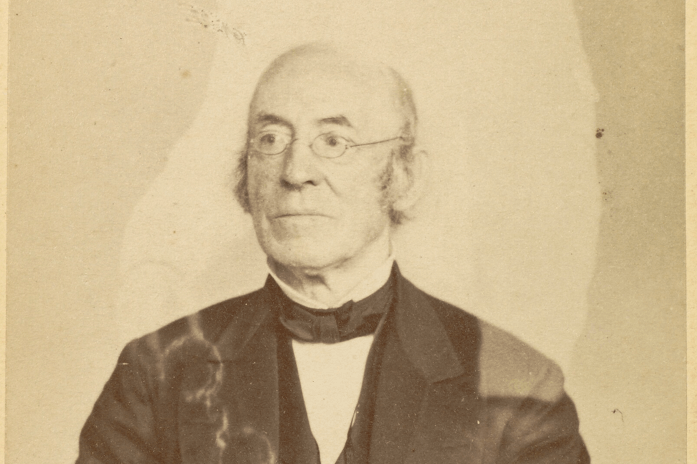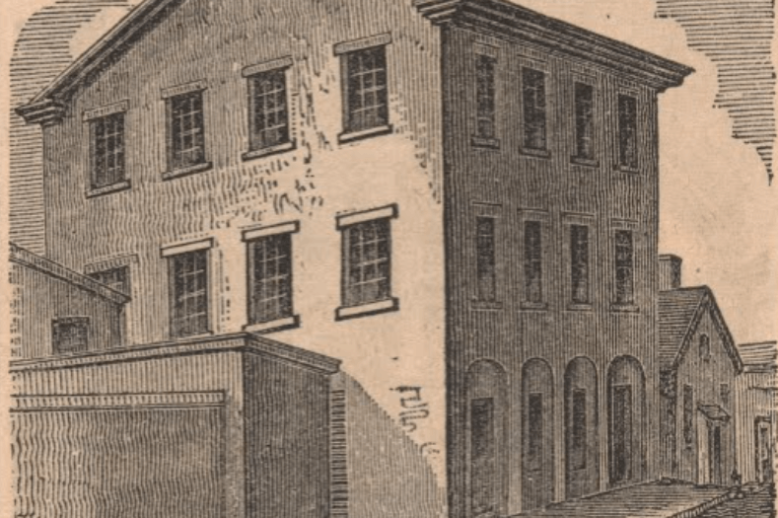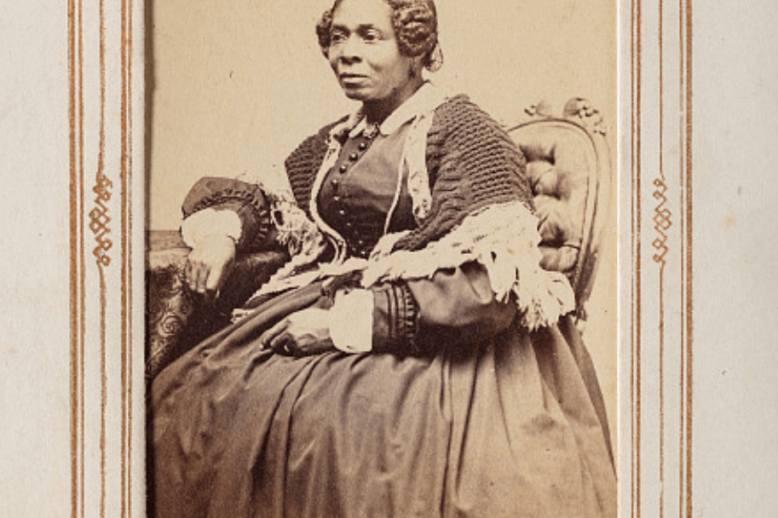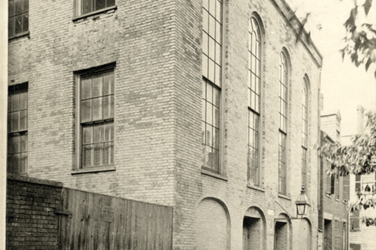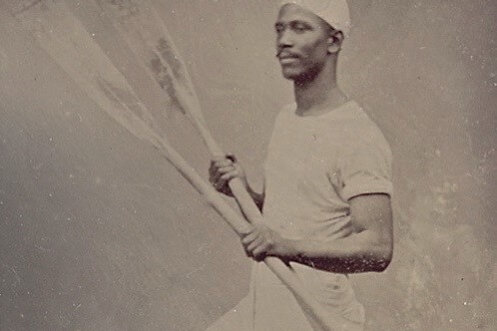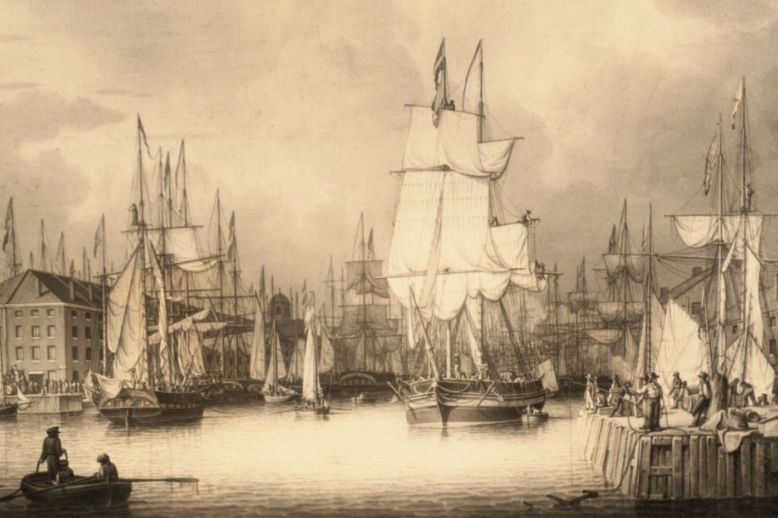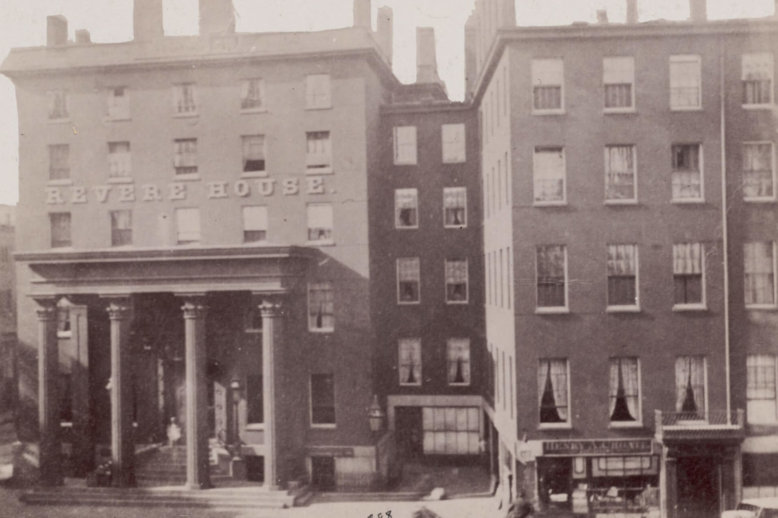Spiritualism in Boston
In the late 1840s, Americans began to flock to the Spiritualist movement. Boston’s middle and upper class, in particular, became enthralled with Spiritualism, and the city became a center for séances, mediums, and spiritualist newspapers from the 1850s to the mid-1920s.


